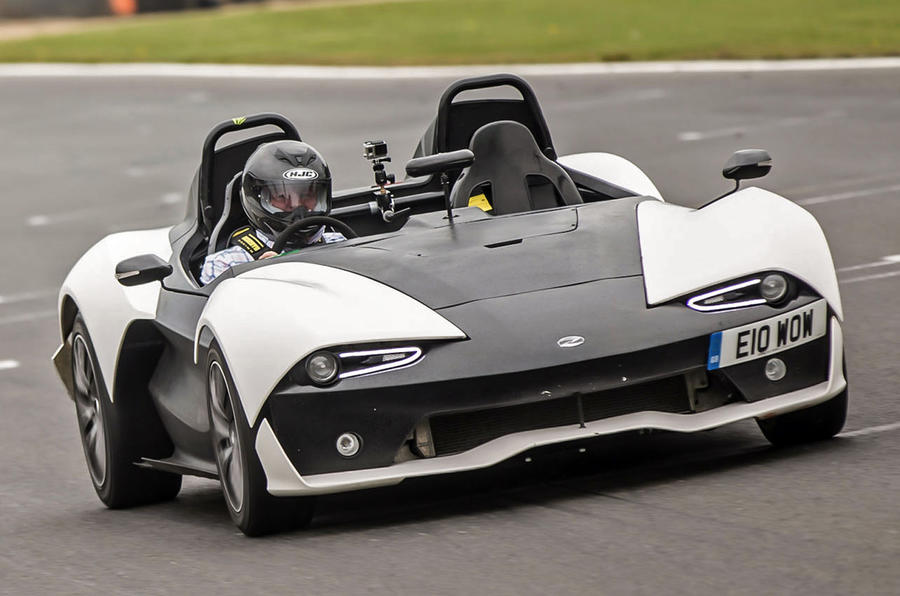Zenos is a brand-new British sports car company that you probably haven’t heard much about until now.
But, trust me, you will come to know all about this small but perfectly formed car company from Norfolk in the months and years to come – because having driven the very first fruits of its labours, the E10, something tells me that Zenos is here to stay.
Zenos has gone into administration - read more here
And I feel extremely privileged to be able to write that, having been given first dibs at the very first pre-production car.
But before we go much further with the ‘what’s it like to drive?’ part of this story – answer, astonishingly good for something so fresh out of the box – who is Zenos Cars, and how did it come to exist in the first place?
The company is the brainchild of two people: Ansar Ali and Mark Edwards, both of whom are ex-Lotus and, more latterly, ex-Caterham. Ali was actually the boss at Caterham between 2005 and 2012 and was assisted in his quest by Edwards for much of that time.
But in 2012, when Tony Fernandes bought Caterham and headed for F1 and beyond, Ali and Edwards took a deep breath and decided to leave and set up a new sports car company called you-know-what.
The company’s ethos would be to build simple, affordable sports cars and form a brand that is “passionate and inclusive about everything it does.”
And thus, Zenos Cars was born, with the further help of another ex-Caterham engineer, Chris Weston, who I just so happen to have known quite well for most of the past 15 years.
So what makes Zenos Cars so different from the rest of herd? And why do we get the impression that it will flourish rather than fail in the years to come? Four reasons.
One, they came up with a price point for the entry-level car first – an enticing £24,995 – and designed and built the car to that price afterwards. More often than not, people make the mistake of doing that part the other way round, which more often than not can prove disastrous.
Two, they came up with a brand structure that already includes two further models so that potential customers can buy into the long-term future of the brand, because they can already see into that future.
Three, they have employed a small band of people who already know the sports car business inside and out, and who really do care about what they are doing.
































































Add your comment
Gearbox
There are...
But it's early days and these guys deserve to do well.
I thought the nose was the best aspect.
If they want to be affordable then it should be a car you can use everyday.
All sounds very promising, but
Given that the Elise has all of these items at a roughly similar cost, meets type approval regulations, has some sort of a dealer network, is available right now and is the product of a company with great heritage, it will take some beating. The real problem for Zenos is that no one is buying the Elise right now - so you have to ask is there a market for something similar. .